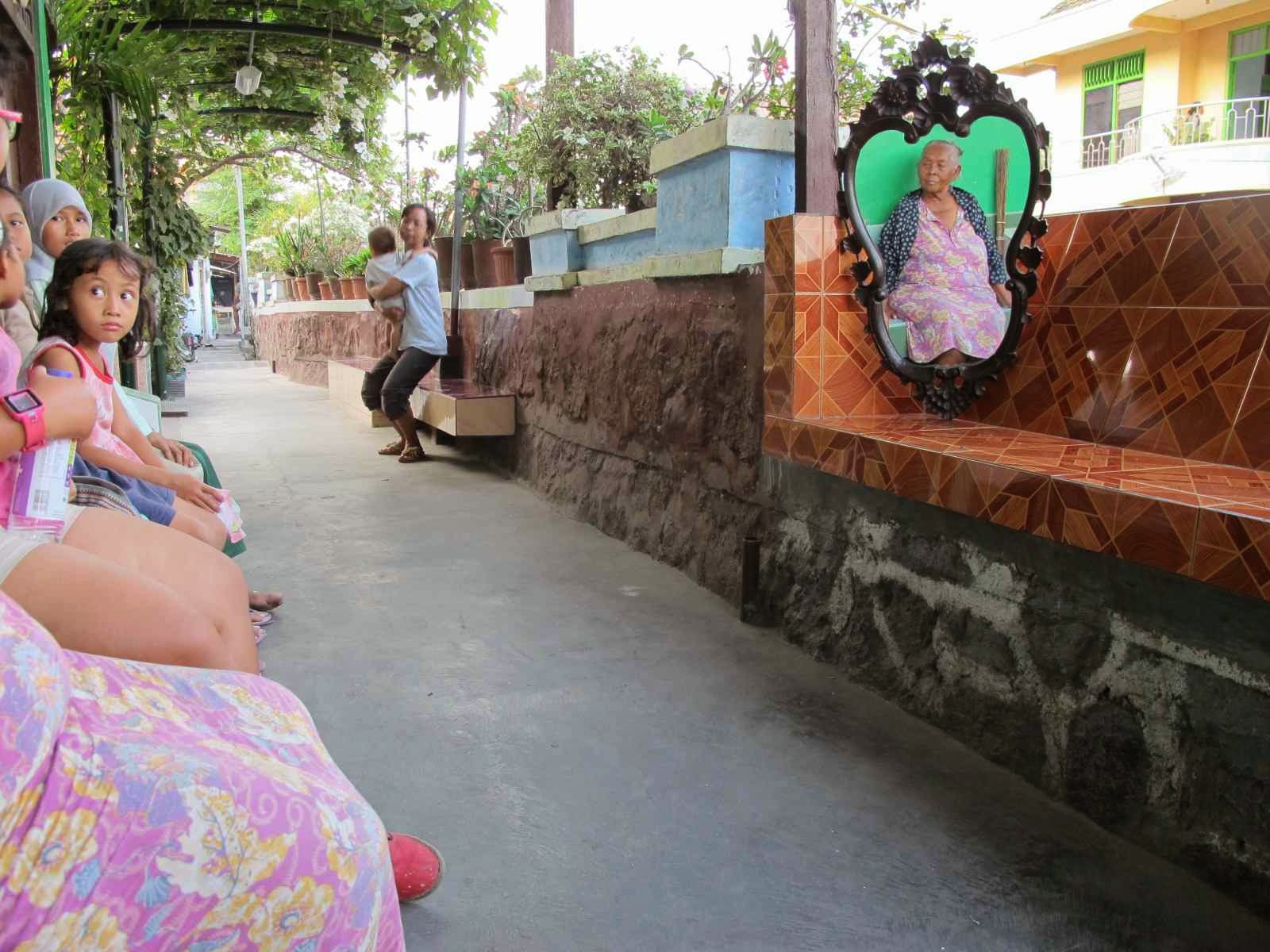I’ll be in Philadelphia on Monday to screen, If There’s Something Strange in Your Neighbourhood… at Slought and a dialogue with Rahul Mukherjee of Penn Cinema Studies.
Monday April 27, 2015 from 6:30-8pm
Slought
4017 Walnut Street Philadelphia, PA 19104
More Information: https://slought.org/resources/ghost_stories
‘Slought is pleased to announce “Ghost stories,” a film screening and conversation on Monday, April 27, 2015 from 6:30-8pm exploring the politics of urban renewal and the relationship between place, memory and displacement. The event, which has been organized as Slought ponders its own future, will begin with Keg de Souza’s documentary film “If There’s Something Strange In Your Neighborhood…” (2014; 32 minutes, Indonesian and Javanese with English subtitles), and will be followed by a conversation featuring de Souza in dialogue with Rahul Mukherjee of Penn Cinema Studies.
The politics of urban renewal in Philadelphia is at once divisive and difficult to discuss. As Philadelphia undergoes rapid transformation and gentrification, how do we document this process and the displacements it entails? Through what methods can we reflect on its implications, both for individuals and small organizations? We can begin by situating Philadelphia in a global context. In his 2006 book Planet of Slums, Mike Davis described the influx of people in emerging economies such as Indonesia relocating from rural land to urban centers in search of work, due in part to the impact of multinational large scale farming and the neoliberal transformation of local economies. Now, ten years later, the majority of the world’s population have shifted to urban centers, in the process further escalating an already rapid process of gentrification and eviction. As usual, lower socio-economic communities are the first to be displaced.
One area where this process has been investigated is in the neighborhoods of Ratmakan and Jaglan in Indonesia. It is here, along the banks of Yogyakarta’s main river, Kali Code, that artist Keg de Souza’s documentary film “If There’s Something Strange In Your Neighborhood… is situated. Last year, the local mayor announced that he wanted to focus on rapid urban development in these areas, including the construction of large hotels and shopping malls in an otherwise predominantly low-rise district, thereby threatening them with eviction. Whilst Ratmakan and Jaglan fit much of Davis’ description of ‘slums’—as squatter settlements, consisting of organic architecture, and home to urban poor—the terms ‘neighborhood’ or ‘community’ resonates as well.
Before the current gentrification threatening these communities, there was already a long history of eviction. The squatted land that these residents live on encompasses two former graveyards, one Javanese and one Chinese. Many of the residents live with these gravestones built into the walls of their homes and throughout public spaces. Ghosts are a part of the everyday built environment, and stories about the paranormal are culturally embedded throughout the region. Ghostbusting, which is a process of negotiating with these ghosts and their memory of eviction, is an important part of the community and has also become an apt metaphor for the impending evictions of the Ratmakan and Jagalan people, who themselves risk becoming ghosts in turn. This idea of the respectful negotiation of space is something elected officials and developers might consider when planning major changes effecting established communities, whether in Ratmakan and Jaglan or beyond.’


